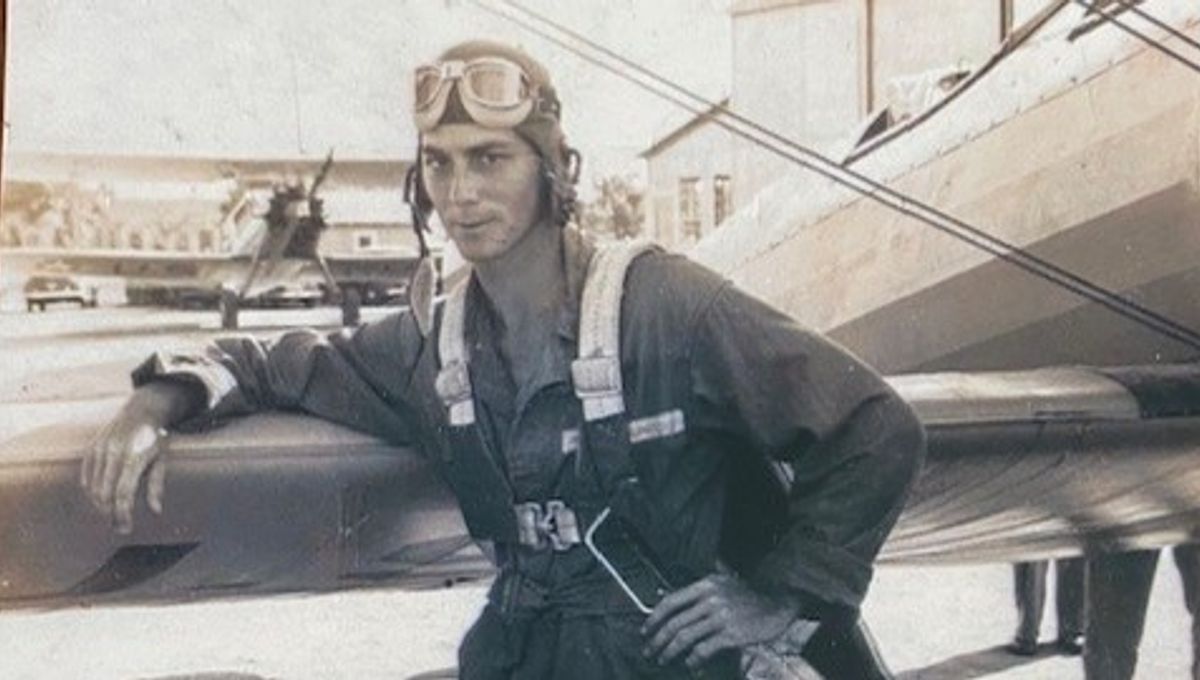
Just over 80 years ago, an American bomber plane, co-piloted by 2nd Lt Gilbert Haldeen Myers, was shot down over Sicily, Italy. Nowhere to be found after the crash, Myers was declared missing in action. Now, using specialist forensic techniques, Myers has finally been accounted for.
The plane holding the 27-year-old Myers and five crewmates from the US Army Air Forces crashed down around 0.8 kilometers (a mile and a half) from the island’s Sciacca Aerodrome in July 1943, with none of the crew thought to have survived. It’s this region that was the focus of Cranfield University’s Recovery and Identification of Conflict Casualties team (CRICC) and the US Defense Prisoner of War/Missing in Action Accounting Agency’s (DPAA) search for Myers’ remains.
The CRICC team of 20 forensic experts was responsible for the careful process of excavating the crash site. “During our operations, we systematically excavated the ground, meticulously examining every piece that could possibly be bone or other evidence,” explained David Errickson, senior lecturer in archaeology and anthropology at Cranfield Forensic Institute, in a statement.
“In challenging environments like the excavation site in Sicily, our team utilized wet screening, a process where excavated material is passed through water to separate and analyze human remains and artifacts.”
Alongside plane wreckage parts, the team successfully excavated human remains. These were then sent to the DPAA laboratory, thought to be the largest and most diverse skeletal identification library in the world. Here, forensic anthropologists conducted DNA analysis and, together with anthropological and circumstantial evidence found by the team – such as personal effects – confirmed that the remains belonged to Myers.
“The recovery of 2nd Lt Myers’ remains not only facilitates a proper full military honours burial but also allows the family to receive any personal effects found. Most importantly, it brings closure for the families of those missing or killed in action,” said Errickson. Myers was buried on November 10 in St. Petersburg, Florida.
There are over 72,000 American World War II personnel unaccounted for, although it’s thought that 39,000 of them could be recoverable. There are challenges with this, however.
“Sometimes excavations like these can yield nothing or remain ambiguous,” explained Nicholas Márquez-Grant, a forensic anthropologist at Cranfield Forensic Institute. “Additionally, circumstances are influenced by the post-incident land usage. In areas where ploughing has occurred or the terrain has altered, discoveries are often confined to minuscule fragments.”
However, Márquez-Grant added that sometimes, those fragments end up being the key piece of the identification puzzle, and the recovery and identification of Myers has demonstrated that it is indeed possible to find those who went missing and died in conflicts.
“In this case, playing a role in the quest to locate a missing serviceman was a profound privilege, bringing closure to Gilbert Haldeen Myers’ family.”
Source Link: Missing World War II Pilot Found After 80 Years Thanks To Specialist Forensics